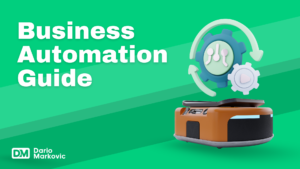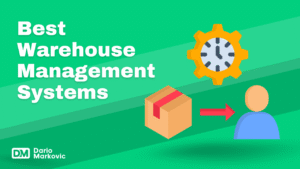Customer service leadership recognition is more crucial than ever. Imagine a workplace where every team member feels valued and motivated to deliver exceptional service.
Studies show that recognition boosts morale and enhances overall performance, leading to happier customers and improved business outcomes.
What if you could implement simple yet effective recognition strategies that inspire your team and elevate your customer service standards?
Dive into these innovative recognition ideas that will transform your customer service leadership approach and create a culture of excellence.
What is Customer Service Leadership Recognition?
Customer service leadership recognition involves acknowledging the efforts and achievements of individuals or teams who excel in delivering outstanding customer service. This recognition can take various forms, from formal awards to informal shout-outs, and serves to motivate staff while reinforcing the importance of exceptional customer care.
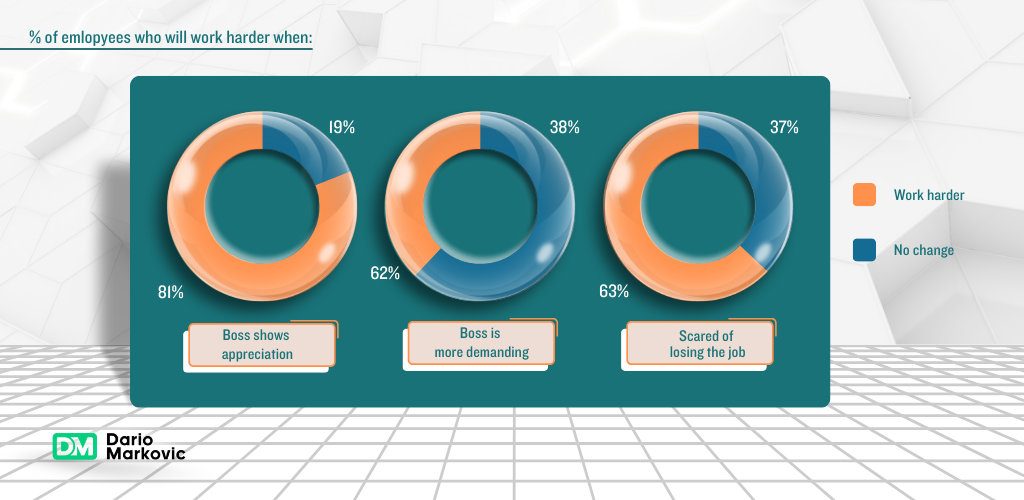
Reasons You Need to Know Customer Service Leadership Recognition
Understanding the significance of customer service leadership recognition can profoundly impact your organization.
- Boosts Employee Morale: Recognition fosters a positive work environment.
- Enhances Customer Satisfaction: Happy employees lead to happy customers.
- Encourages Team Cohesion: Celebrating achievements strengthens team bonds.
- Drives Performance: Recognized employees are more likely to exceed expectations.
Implementing a structured recognition program is the ideal solution to cultivate a culture of appreciation within your team.
Step-by-Step Instructions to Inspire Your Team with Recognition
Creating an effective recognition program requires a thoughtful approach. Here’s how you can do it:
- Identify Key Achievements
- Choose Recognition Methods
- Communicate Effectively
- Celebrate Regularly
- Gather Feedback for Improvement
By following these steps, you can ensure that your recognition efforts resonate with your team and contribute to a thriving customer service culture.
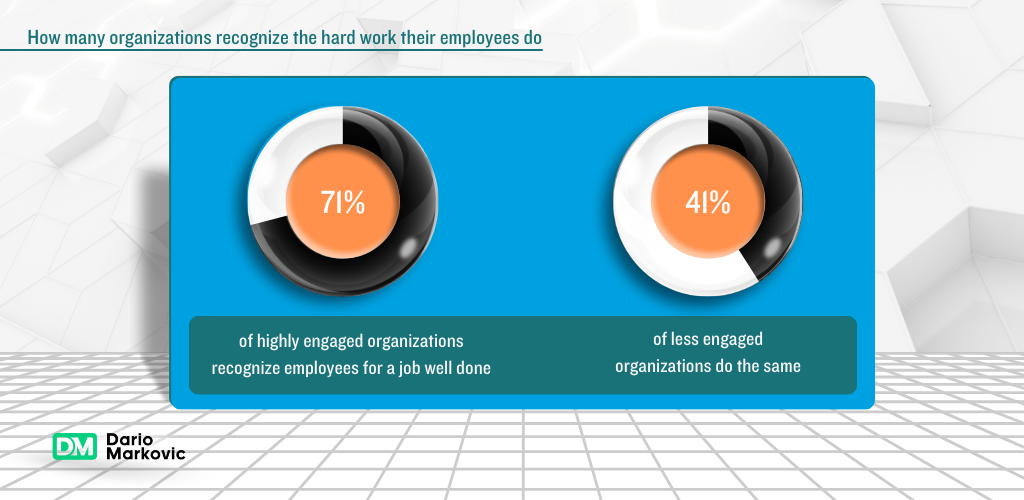
Step 1: Identify Key Achievements
Start by pinpointing specific accomplishments that deserve recognition. This could include resolving complex customer issues, consistently receiving positive feedback, or going above and beyond in service delivery.
Step 2: Choose Recognition Methods
Select various methods for recognizing achievements, such as employee of the month awards, public acknowledgments during meetings, or personalized thank-you notes. Tailor your approach based on what resonates most with your team.
Step 3: Communicate Effectively
Ensure that recognition is communicated clearly and enthusiastically. Use multiple channels—emails, newsletters, or social media—to highlight achievements and inspire others.
Step 4: Celebrate Regularly
Make recognition a regular part of your team culture. Schedule monthly or quarterly celebrations to acknowledge collective efforts and individual contributions.
Step 5: Gather Feedback for Improvement
After implementing your recognition strategies, solicit feedback from your team. Understand what works well and what could be improved to enhance the effectiveness of your program.
Key Considerations For Successfully Recognizing Customer Service Leadership
When implementing a recognition program, consider the following insights:
- Personalization Matters: Tailor recognition to individual preferences; not everyone values the same type of acknowledgment.
- Inclusivity is Key: Ensure all team members have equal opportunities for recognition.
- Sustain Momentum: Regularly refresh your recognition strategies to keep them engaging and relevant.
Taking it to the Next Level: How to Enhance Recognition Efforts
To elevate your recognition program beyond basic acknowledgment, consider integrating peer-to-peer recognition systems or creating an annual awards ceremony that celebrates outstanding contributions over the year. This not only boosts morale but also fosters a sense of community within your organization.
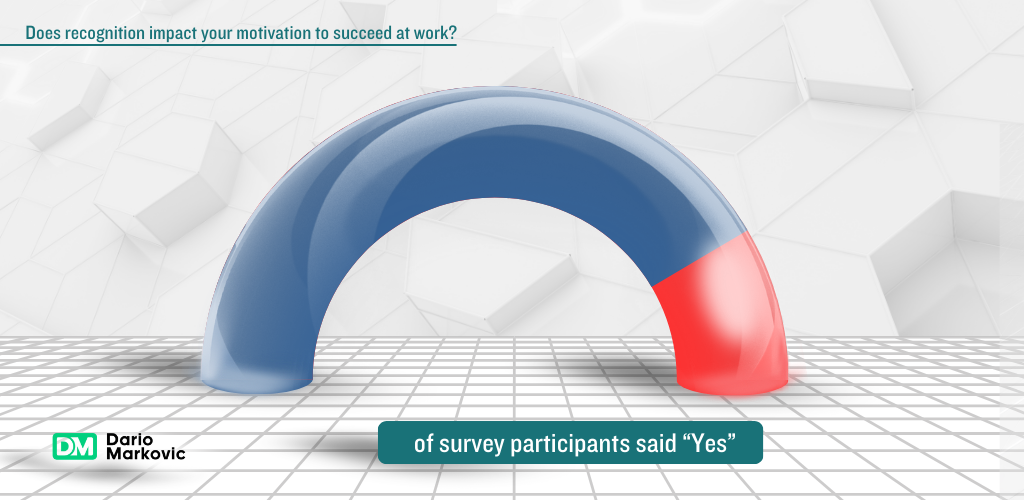
Alternatives to Traditional Recognition Methods
If traditional methods don’t suit your team’s culture, explore alternatives like gamification elements in recognition programs or implementing a points system where employees earn rewards for exceptional service. These innovative approaches can engage employees in new ways while still celebrating their achievements.
"Always treat your employees exactly as you want them to treat your best customers"
Stephen R. Covey, author of The Seven Habits of Highly Effective People
The Power of Recognition: Statistics That Prove Its Impact
Recognizing and celebrating customer service leadership isn’t just a feel-good initiative; it’s a strategic imperative backed by compelling data.
Numerous studies reveal a clear connection between employee recognition, engagement, customer satisfaction, and overall business success. By understanding these statistics, leaders can make informed decisions to cultivate a culture of appreciation and drive positive outcomes.
Boosting Morale and Engagement:
- Engagement and Productivity: Increasing recognition from quarterly to monthly boosts the likelihood of engagement and productivity by 40%.
- Managerial Recognition: Employees who say their managers excel at giving positive recognition are 40% more engaged than those whose managers don’t provide the same level of praise.
- Expectation of Recognition: Employees who expect to be recognized are 2.7 times more likely to be engaged.
- Motivation and Effort: 90% of employees say that receiving recognition for their work motivates them to put in more effort.
These figures highlight the significant impact of frequent and meaningful recognition on employee morale and their willingness to invest in their work.
Improving Performance and Retention:
- Quality, Absenteeism, and Shrinkage: Doubling weekly employee recognition leads to a 24% improvement in quality, 27% less absenteeism, and a 10% reduction in shrinkage.
- Employee Recommendations: Employees who receive regular recognition are more likely to recommend their company to others, with 51% highly likely to recommend their company as a great place to work.
- Great Work: Employees are 18 times more likely to produce great work when they receive recognition for their efforts.
- Loyalty: Nearly 7 in 10 employees (69%) stated recognition and rewards keep them loyal to their employers.
- Turnover Reduction: Companies with strong recognition programs see a 31% lower voluntary turnover rate and a 92% engagement rate. Investing at least 1% of payroll in these programs leads to 78% of HR professionals rating them as excellent or good.
- Turnover Impact: 50% of employees believe that turnover would decrease if managers recognized their efforts more frequently. Employees who don’t feel recognized are twice as likely to consider leaving within a year.
These statistics demonstrate that recognition is not only a morale booster but also a powerful tool for improving performance, reducing absenteeism, and retaining top talent.
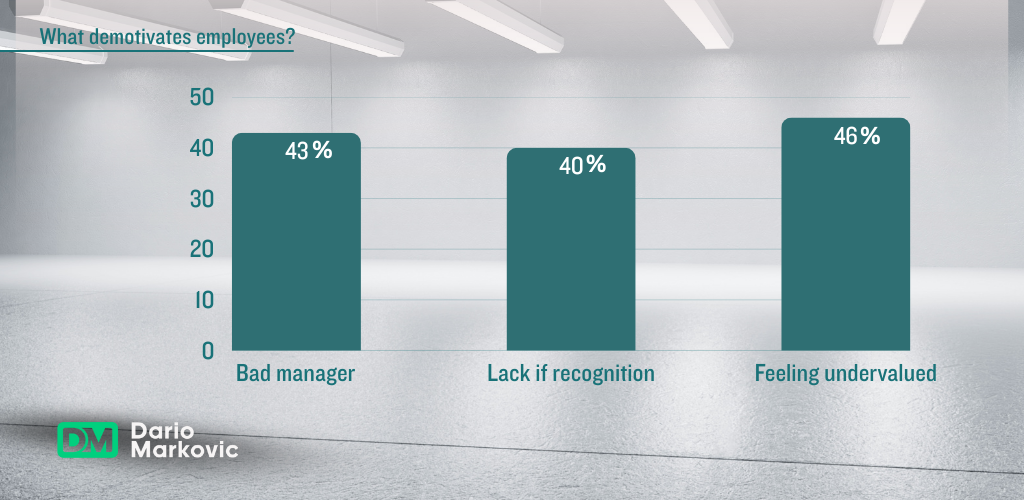
Enhancing Customer Service and Loyalty:
- Customer Service Importance: A whopping 95% of consumers say that customer service is essential for brand loyalty.
- Switching Due to Poor Service: 67% of customers report a terrible customer experience as the reason for switching businesses. A customer is four times more likely to switch to a competitor if the problem they’re having is service-based.
These figures emphasize the direct link between employee engagement and customer satisfaction. Recognizing and rewarding customer service excellence can lead to improved customer experiences and increased loyalty.
The Financial Impact of Recognition:
- Peer-to-Peer Recognition: Peer-to-peer recognition is 35.7% more likely to have a positive impact on financial results than manager-only recognition.
This statistic highlights the importance of fostering a culture of appreciation at all levels of the organization.
Investing in Training and Empowerment:
- Agent Training Investment: 88% of high-performing service decision-makers are investing significantly in agent training compared to only 57% of underperformers.
- Adequate Training: 83% of high-performing service agents say they get the training they need to do their job well compared to only 52% of underperformers.
- AI Adoption: 69% of high-performing service agents actively look for situations to use artificial intelligence (AI) compared to only 39% of underperformers.
These statistics emphasize the importance of providing employees with the tools and training they need to succeed. When employees feel supported and empowered, they are more likely to deliver exceptional customer service.
So, the evidence is clear: employee recognition is a powerful driver of engagement, performance, retention, and customer satisfaction. By prioritizing recognition and implementing effective programs, leaders can create a culture of appreciation that benefits both employees and the organization as a whole.
Ignoring this critical element can lead to disengagement, decreased productivity, higher turnover, and ultimately, a negative impact on the bottom line
Wrapping Up and My Experience With Customer Service Leadership Recognition
Recognizing customer service leadership is not just about rewarding good performance; it’s about building a culture that values exceptional service at every level. Through my experience in various organizations, I’ve seen firsthand how effective recognition can transform teams and enhance customer satisfaction. By implementing these strategies, you can inspire your team and create an environment where outstanding customer service thrives.
Join Dario's Email List!
Want to stay ahead of the curve and connect with a community of like-minded individuals? Then join Dario’s email list! We’re passionate about sharing our expertise, and we promise to never spam you with unwanted emails.
Each email is a carefully curated collection of insights, advice, and resources designed to empower you. Subscribe now to receive valuable knowledge right in your inbox.
Curious how Dario Markovic built an 8-figure e-commerce brand? Head over to his YouTube channel to learn proven business strategies and level up your entrepreneurial game.
FAQ
Customer service leadership recognition involves acknowledging the efforts and achievements of individuals or teams who excel in delivering outstanding customer service. This recognition can take various forms, such as formal awards, informal shout-outs, or public acknowledgments, and serves to motivate staff while reinforcing the importance of exceptional customer care.
Recognizing customer service leadership is crucial because it boosts employee morale, enhances customer satisfaction, encourages team cohesion, and drives performance. A structured recognition program cultivates a culture of appreciation within your team, leading to happier employees and improved business outcomes.
To create an effective recognition program, follow these steps:
- Identify key achievements that deserve recognition.
- Choose various recognition methods (e.g., awards, public acknowledgments).
- Communicate effectively about the recognition.
- Celebrate regularly to maintain momentum.
- Gather feedback for continuous improvement.
Recognition methods can include:
- Employee of the Month awards
- Public acknowledgments during meetings
- Personalized thank-you notes
- Team celebrations or events to recognize collective achievements
It’s beneficial to make recognition a regular part of your team culture. Consider scheduling monthly or quarterly celebrations to acknowledge both individual contributions and collective efforts.
When implementing a recognition program, consider:
- Personalization: Tailor recognition to individual preferences.
- Inclusivity: Ensure all team members have equal opportunities for recognition.
- Sustaining momentum: Regularly refresh your recognition strategies to keep them engaging.
To elevate your recognition program, consider integrating peer-to-peer recognition systems or creating an annual awards ceremony that celebrates outstanding contributions over the year. These initiatives foster a sense of community and motivate employees to strive for excellence.
Yes! Alternatives include gamification elements in recognition programs or implementing a points system where employees earn rewards for exceptional service. These innovative approaches can engage employees in new ways while still celebrating their achievements.
Effective recognition leads to happier employees who are more motivated to provide exceptional service. When employees feel valued and appreciated, they are more likely to engage positively with customers, resulting in higher customer satisfaction levels.
The ultimate goal is to build a culture that values exceptional service at every level within the organization. By implementing effective recognition strategies, you can inspire your team and create an environment where outstanding customer service thrives.


